hi! i am phoenix and i make the fakemans. this blog is where I collect awesome new ideas for weird things to turn into the fakemans, like bizarre animals or obscure myths or psychological concepts or idek. if you also make the fakemans then maybe some of these weird things will inspire you, too! asks and submissions are currently closed, but when they're open you'll be able to share your own ideas or ask for advice.
Don't wanna be here? Send us removal request.
Text

Subhash Nair - Wildlife & Nature Photography
The Galaxy Froge Shot from western ghats of Kerala
#fakemon ideas#fakemon inspiration#fakemon suggestions#real animal#living animal#weird animal#frog#galaxy frog#space#stars#water type#psychic type#fairy type
329 notes
·
View notes
Text



Yellow-breasted or Indochinese Green Magpie (Cissa hypoleuca), BATH TIME!!!, family Corvidae, order Passeriformes, Viet Nam
photographs by Leo Ngo
#fakemon ideas#fakemon inspiration#fakemon suggestions#real animal#living animal#magpie#colorful#flying type#grass type#corvid#bird
8K notes
·
View notes
Text

Meet the Wooly Devil! 🔥🌿
A brand-new plant species—Ovicula biradiata—was just discovered in Big Bend National Park, Texas. Not only is it a new species, but it belongs to an entirely new genus in the daisy family!
📸: Photo by NPS/D. Manley, NPS/C. Hoyt. Research by National Park Service botanists.
#fakemon ideas#fakemon inspiration#fakemon suggestions#real plant#living plant#weird plant#wooly devil#grass type#fluffy
3K notes
·
View notes
Text
This unique plant is Araucaria araucana, in the ARAUCARIACEAE family. Commonly, it is known as monkey puzzle tree!
This evergreen tree can be identified by its stiff, pointed, overlapping scaled leaves in a spiral arrangement around the stem. The scales continue onto the trunk, with branches occurring in symmetrical whorls. Its cones are dioecious, with male cones oblong in clusters and female cones globose, upright, and pineapple shaped.
Araucaria araucana is native to Chile and Argentina in woodland volcanic slopes. It is adapted to a variety of conditions, being able to tolerate low nutrient availability, salt winds, shade, and fire frequency. It is able to deter herbivory with both its spines and compounds in its resin. Root suckering allows it to reproduce vegetatively.




#fakemon ideas#fakemon inspiration#fakemon suggestions#real plant#living plant#monkey puzzle tree#grass type#literal animal names#monkey#spikes#thorns
403 notes
·
View notes
Text
Yellowjacket-Mimicking Moth: this is just a harmless moth that mimics the appearance and behavior of a yellowjacket/wasp; its disguise is so convincing that it can even fool actual wasps

This species (Myrmecopsis polistes) may be one of the most impressive wasp-mimics in the world. The moth's narrow waist, teardrop-shaped abdomen, black-and-yellow patterning, transparent wings, smooth appearance, and folded wing position all mimic the features of a wasp. Unlike an actual wasp, however, it does not have any mandibles or biting/chewing mouthparts, because it's equipped with a proboscis instead, and it has noticeably "feathery" antennae.
There are many moths that use hymenopteran mimicry (the mimicry of bees, wasps, yellowjackets, hornets, and/or bumblebees, in particular) as a way to deter predators, and those mimics are often incredibly convincing. Myrmecopsis polistes is one of the best examples, but there are several other moths that have also mastered this form of mimicry.

Above: Pseudosphex laticincta, another moth species that mimics a yellowjacket
These disguises often involve more than just a physical resemblance; in many cases, the moths also engage in behavioral and/or acoustic mimicry, meaning that they can mimic the sounds and behaviors of their hymenopteran models. In some cases, the resemblance is so convincing that it even fools actual wasps/yellowjackets.

Above: Pseudosphex laticincta
Such a detailed and intricate disguise is unusual even among mimics. Researchers believe that it developed partly as a way for the moth to trick actual wasps into treating it like one of their own. Wasps frequently prey upon moths, but they are innately non-aggressive toward their own fellow nest-mates, which are identified by sight -- so if the moth can convincingly impersonate one of those nest-mates, then it can avoid being eaten by wasps.

Above: Pseudosphex laticincta
I gave an overview of the moths that mimic bees, wasps, yellowjackets, hornets, and bumblebees in one of my previous posts, but I felt that these two species (Myrmecopsis polistes and Pseudosphex laticincta) deserved to have their own dedicated post, because these are two of the most convincing mimics I have ever seen.

Above: Pseudosphex sp.
I think that moths in general are probably the most talented mimics in the natural world. They have so many intricate, unique disguises, and they often combine visual, behavioral, and acoustic forms of mimicry in order to produce an uncanny resemblance.
Several of these incredible mimics have already been featured on my blog: moths that mimic jumping spiders, a moth that mimics a broken birch twig, a moth caterpillar that can mimic a snake, a moth that disguises itself as two flies feeding on a pile of bird droppings, a moth that mimics a dried-up leaf, a moth that can mimic a cuckoo bee, and a moth that mimics the leaves of a poplar tree.
Moths are just so much more interesting than people generally realize.
Sources & More Info:
Journal of Ecology and Evolution: A Hypothesis to Explain Accuracy of Wasp Resemblances
Entomology Today: In Enemy Garb: A New Explanation for Wasp Mimicry
iNaturalist: Myrmecopsis polistes and Pseudosphex laticincta
Transactions of the Entomological Society of London: A Few Observations on Mimicry
#fakemon ideas#fakemon inspiration#fakemon suggestions#real animal#living animal#invertebrate#weird animal#bug type#moth#lepidopteran#wasp#mimic#mimicry#what if you combined the early route butterfly/moth and bee into one line
12K notes
·
View notes
Text
I love love love fang blennies because they can unhinge their terrifying jaws to reveal giant venomous teeth

But when their mouths are closed they’re just the Goofiest Goobers in the whole world.




No thoughts just Sit In Tube
#fakemon ideas#fakemon inspiration#fakemon suggestions#water type#aquatic#swimming#water#real animal#living animal#fish#fang blenny#poison type#venomous#fangs#weird animal
15K notes
·
View notes
Text
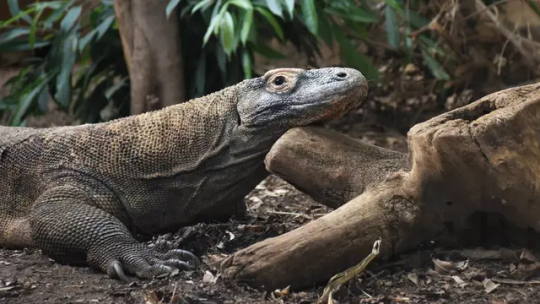
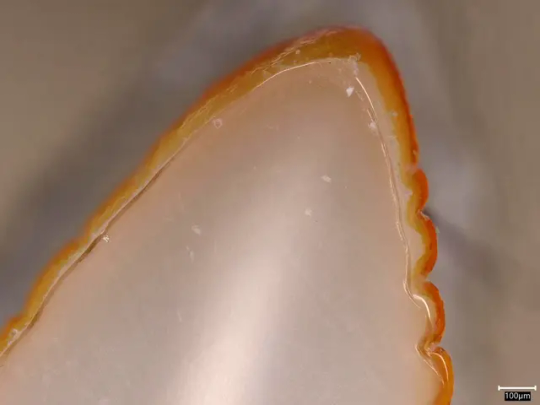
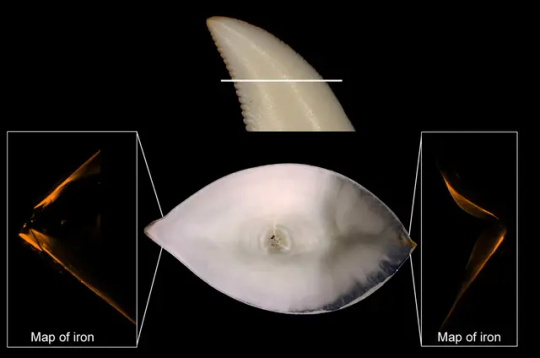
Komodo dragons have iron-tipped teeth, new study shows
Komodo dragons, the world’s largest species of lizard, have iron-tipped teeth that help them to rip their prey apart, according to new research. The metal is concentrated in the cutting edge and tips of their curved, serrated teeth, staining them orange, scientists wrote in a paper published Wednesday in the journal Nature Ecology & Evolution. Komodo dragons are native to Indonesia and weigh around 80 kilograms (176 pounds) on average. They eat almost any kind of meat and are known as deadly predators...
Read more: https://www.cnn.com/2024/07/24/science/komodo-dragons-iron-teeth-scli-intl/index.html
#fakemon ideas#fakemon inspiration#fakemon suggestions#real animal#living animal#reptile#komodo dragon#teeth#fangs#dragon type#steel type#poison type#iron in the teeth huh#that's pretty... metal
13K notes
·
View notes
Text

Drepanosaurs were a weird little group of tree-climbing Triassic reptiles with prehensile claw-tipped tails, chameleon-like bodies, humped backs, grasping feet, long necks, and somewhat bird-like skulls that may have been tipped with toothless beaks in some species.
Recently some of them have been recognized as also having adaptations for digging and ripping into insect nests, similar to modern anteaters, with highly specialized forelimb bones and a massively enlarged hoked claw on each hand.
And now we have another one of these digging drepanosaurs: Unguinychus onyx, whose name delightfully translates to "claw claw claw"!
Living in what is now New Mexico, USA during the late Triassic, around 215-208 million years ago, Unguinychus is only known from its enlarged hand claws but was probably similar in size to some of its close relatives, likely around 40cm long (~1'4").
Based on skin impressions from the early drepanosaur Kyrgyzsaurus it also would have been covered in small scales, possibly with a skin crest and a chameleon-like throat sac.
Drepanosaurs' evolutionary relationships are rather unclear, with various studies classifying them as an early branch of diapsid reptiles, as close relatives of the gliding kuehneosaurids, or as protorosaurian archosauromorphs. But recently another idea has been proposed, instead placing them slightly further up the archosauromorph evolutionary tree in the allokotosaur lineage close to trilophosaurids – and notably making them very closely related to fellow Triassic bird-headed weirdo Teraterpeton.
———
NixIllustration.com | Tumblr | Patreon
References:
Alifanov, V. R., and E. N. Kurochkin. "Kyrgyzsaurus bukhanchenkoi gen. et sp. nov., a new reptile from the Triassic of southwestern Kyrgyzstan." Paleontological Journal 45 (2011): 639-647. https://www.researchgate.net/publication/257843064_Kyrgyzsaurus_bukhanchenkoi_gen_et_sp_nov_a_New_Reptile_from_the_Triassic_of_Southwestern_Kyrgyzstan
Buffa, Valentin, et al. "‘Birds’ of two feathers: Avicranium renestoi and the paraphyly of bird-headed reptiles (Diapsida:‘Avicephala’)." Zoological Journal of the Linnean Society (2024): zlae050. https://doi.org/10.1093/zoolinnean/zlae050
Jenkins, Xavier A., et al. "Using manual ungual morphology to predict substrate use in the Drepanosauromorpha and the description of a new species." Journal of Vertebrate Paleontology 40.5 (2020): e1810058. https://www.researchgate.net/publication/344545876_Using_Manual_Ungual_Morphology_to_Predict_Substrate_Use_in_the_Drepanosauromorpha_and_the_Description_of_a_New_Species
Pugh, Isaac, et al. "A new drepanosauromorph (Diapsida) from East–Central New Mexico and diversity of drepanosaur morphology and ecology at the Upper Triassic Homestead Site at Garita Creek (Triassic: mid-Norian)." Journal of Vertebrate Paleontology (2024): e2363202. https://doi.org/10.1080/02724634.2024.2363202
#fakemon ideas#fakemon inspiration#fakemon suggestions#real animal#extinct animal#rock type#fossil#prehistoric#ancient#reptile#triassic#drepanosaur#weird animal#claws#i support you claw claw claw
262 notes
·
View notes
Note
https://twitter.com/Kbearart/status/1433601390429892621
wizard
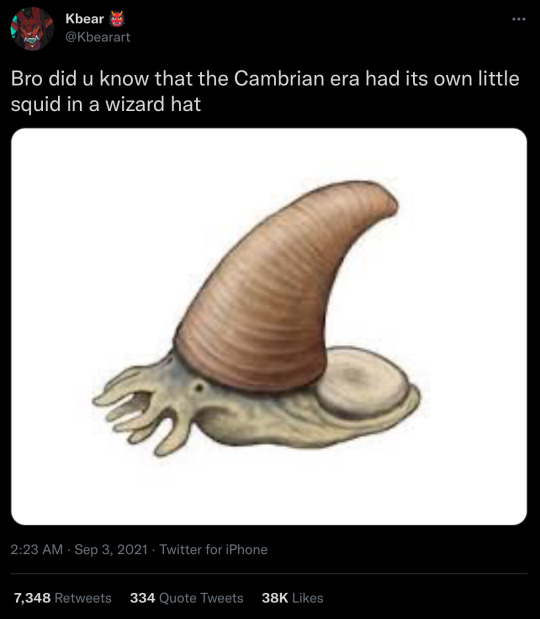
thats plectronoceras its the first 100% definite cephalopod in the fossil record, wizard friend :)

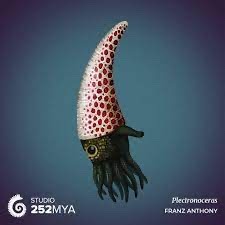
#fakemon ideas#fakemon inspiration#fakemon suggestions#water type#aquatic#swimming#water#real animal#living animal#invertebrate#extinct animal#rock type#fossil#prehistoric#ancient#squid#cephalopod#wizard#psychic type#fairy type#dark type
148K notes
·
View notes
Text
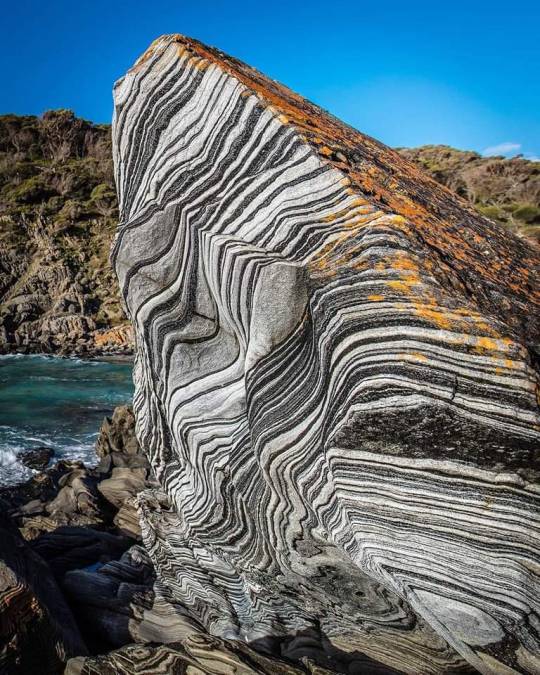
𝗭𝗘𝗕𝗥𝗔 𝗦𝗖𝗛𝗜𝗦𝗧 🍷😍⚒️
𝗖𝗮𝗽𝗲 𝗕𝗼𝗿𝗱𝗮, 𝗞𝗮𝗻𝗴𝗮𝗿𝗼𝗼 𝗜𝘀𝗹𝗮𝗻𝗱, 𝗦. 𝗔𝘂𝘀𝘁𝗿𝗮𝗹𝗶𝗮 🇦🇺
𝗗𝗘𝗦𝗖𝗥𝗜𝗣𝗧𝗜𝗢𝗡: Cape Borda is a 𝗵𝗲𝗮𝗱𝗹𝗮𝗻𝗱 located on the north west tip of 𝗞𝗮𝗻𝗴𝗮𝗿𝗼𝗼 Island in 𝗦𝗼𝘂𝘁𝗵 𝗔𝘂𝘀𝘁𝗿𝗮𝗹𝗶𝗮.
These 𝘀𝗽𝗲𝗰𝘁𝗮𝗰𝘂𝗹𝗮𝗿 outcrops of 𝘁𝗶𝗴𝗵𝘁𝗹𝘆 𝗳𝗼𝗹𝗱𝗲𝗱, thinly 𝗯𝗲𝗱𝗱𝗲𝗱 schist𝘄s known as 𝘇𝗲𝗯𝗿𝗮 𝘀𝗰𝗵𝗶𝘀𝘁𝘀 due to their 𝗯𝗮𝗻𝗱𝘀 of 𝗰𝗼𝗹𝗼𝘂𝗿𝘀 are found in Cape Borda locality of 𝗛𝗮𝗿𝘃𝗲𝘆'𝘀 𝗥𝗲𝘁𝘂𝗿𝗻 province of 𝗞𝗮𝗻𝗴𝗮𝗿𝗼𝗼 Island. A 400 𝗺𝗲𝘁𝗿𝗲 section of this coastline has been designated as a “𝗴𝗲𝗼𝗹𝗼𝗴𝗶𝗰𝗮𝗹 𝗺𝗼𝗻𝘂𝗺𝗲𝗻𝘁” by the 𝗚𝗲𝗼𝗹𝗼𝗴𝗶𝗰𝗮𝗹 𝗦𝗼𝗰𝗶𝗲𝘁𝘆 of 𝗔𝘂𝘀𝘁𝗿𝗮𝗹𝗶𝗮.
𝗙𝗢𝗥𝗠𝗔𝗧𝗜𝗢𝗡, 𝗖𝗢𝗠𝗣𝗢𝗦𝗜𝗧𝗜𝗢𝗡 & 𝗔𝗴𝗲:
This rock – called a ‘𝘇𝗲𝗯𝗿𝗮 𝘀𝗰𝗵𝗶𝘀𝘁’ was 𝗳𝗼𝗿𝗺𝗲𝗱 by the 𝗱𝗲𝗳𝗼𝗿𝗺𝗮𝘁𝗶𝗼𝗻 of 𝗳𝗹𝗮𝘁-𝗹𝘆𝗶𝗻𝗴 marine 𝗖𝗮𝗺𝗯𝗿𝗶𝗮𝗻 𝘀𝗲𝗱𝗶𝗺𝗲𝗻𝘁𝘀 through being 𝘀𝘁𝗿𝗲𝘀𝘀𝗲𝗱 by a 𝗰𝗼𝗻𝘁𝗶𝗻𝗲𝗻𝘁𝗮𝗹 𝗰𝗼𝗹𝗹𝗶𝘀𝗶𝗼𝗻 over 𝟱𝟬𝟬 𝗺𝗶𝗹𝗹𝗶𝗼𝗻 years ago. A 𝗾𝘂𝗮𝗿𝘁𝘇-𝗿𝗶𝗰𝗵 and 𝗯𝗶𝗼𝘁𝗶𝘁𝗲-𝗿𝗶𝗰𝗵 𝗹𝗮𝘆𝗲𝗿𝗶𝗻𝗴 largely 𝗿𝗲𝗳𝗹𝗲𝗰𝘁𝘀 𝗼𝗿𝗶𝗴𝗶𝗻𝗮𝗹 𝘀𝗲𝗱𝗶𝗺𝗲𝗻𝘁𝗮𝗿𝘆 𝗹𝗮𝘆𝗲𝗿𝗶𝗻𝗴 𝗿𝗮𝘁𝗵𝗲𝗿 than 𝗺𝗲𝘁𝗮𝗺𝗼𝗿𝗽𝗵𝗶𝗰 𝗱𝗶𝗳𝗳𝗲𝗿𝗲𝗻𝘁𝗶𝗮𝘁𝗶𝗼𝗻 as the 𝘀𝗲𝗰𝗼𝗻𝗱𝗮𝗿𝘆 𝗯𝗶𝗼𝘁𝗶𝘁𝗲 preserves and 𝗼𝘂𝘁𝗹𝗶𝗻𝗲𝘀 a variety of 𝘀𝗲𝗱𝗶𝗺𝗲𝗻𝘁𝗮𝗿𝘆 structur𝗾es.
𝗦𝗖𝗛𝗜𝗦𝗧:
Schist is a 𝗹𝗼𝘄-𝗺𝗲𝗱𝗶𝘂𝗺 grade 𝗺𝗲𝘁𝗮𝗺𝗼𝗿𝗽𝗵𝗶𝗰 rock. It forms past the 𝗽𝗿𝗲𝗰𝘂𝗿𝘀𝗼𝗿𝘀 as 𝘀𝗵𝗮𝗹𝗲-𝘀𝗹𝗮𝘁𝗲-𝗽𝗵𝘆𝗹𝗹𝗶𝘁𝗲-𝘀𝗰𝗵𝗶𝘀𝘁-𝗴𝗻𝗲𝗶𝘀𝘀 𝘀𝗲𝗾𝘂𝗲𝗻𝗰𝗲 𝗰𝗵𝗮𝗿𝗮𝗰𝘁𝗲𝗿𝗶𝘀𝘁𝗶𝗰𝘀 of 𝗿𝗲𝗴𝗶𝗼𝗻𝗮𝗹 𝗺𝗲𝘁𝗮𝗺𝗼𝗿𝗽𝗵𝗶𝗰 of 𝗽𝗲𝗹𝗶𝘁𝗲𝘀. It has 𝗺𝗲𝗱𝗶𝘂𝗺 to 𝗹𝗮𝗿𝗴𝗲, 𝗳𝗹𝗮𝘁𝘀 or 𝘀𝗵𝗲𝗲𝘁 like 𝗴𝗿𝗮𝗶𝗻𝘀 which cause itself to show a layering known as 𝗳𝗼𝗹𝗶𝗮𝘁𝗶𝗼𝗻. It is defined by having 𝗽𝗹𝗮𝘁𝘆 and 𝗲𝗹𝗼𝗻𝗴𝗮𝘁𝗲𝗱 minerals (such as 𝗺𝗶𝗰𝗮𝘀 or 𝘁𝗮𝗹𝗰) of more than 50 percent, often finely interleaved with quartz and feldspar.
These 𝗺𝗶𝗻𝗲𝗿𝗮𝗹𝘀 𝘄𝗵𝗶𝗰𝗵 𝗮𝗿𝗲 𝗰𝗵𝗮𝗿𝗰𝗮𝘁𝗲𝗿𝗶𝘀𝘁𝗶𝗰𝘀 𝗼𝗳 𝘀𝗰𝗵𝗶𝘀𝘁 include 𝗺𝗶𝗰𝗮𝘀, 𝗰𝗵𝗹𝗼𝗿𝗶𝘁𝗲, 𝘁𝗮𝗹𝗰, 𝗵𝗼𝗿𝗻𝗯𝗹𝗲𝗻𝗱𝗲, 𝗴𝗿𝗮𝗽𝗵𝗶𝘁𝗲, 𝗴𝗮𝗿𝗻𝗲𝘁 and other 𝗹𝗮𝗺𝗲𝗹𝗹𝗮𝗿 minerals. 𝗚𝗲𝗼𝗹𝗼𝗴𝗶𝗰𝗮𝗹 𝗳𝗼𝗹𝗶𝗮𝘁𝗶𝗼𝗻 with medium to large 𝗴𝗿𝗮𝗶𝗻𝗲𝗱 flakes in a 𝗽𝗿𝗲𝗳𝗲𝗿𝗿𝗲𝗱 sheetlike 𝗼𝗿𝗶𝗲𝗻𝘁𝗮𝘁𝗶𝗼𝗻 is called 𝘀𝗰𝗵𝗶𝘀𝘁𝗼𝘀𝗶𝘁𝘆.
📷:© @quentinchester[IG]
#fakemon ideas#fakemon inspiration#fakemon suggestions#mineral#real mineral#rock#stone#schist#zebra schist#mineraloid#or you could make a rock horse with it that'd be cool too
441 notes
·
View notes
Text
Wool-Carder Bees: these solitary bees harvest the soft, downy hairs that grow on certain plants, rolling them into bundles and then using the material to line their nests
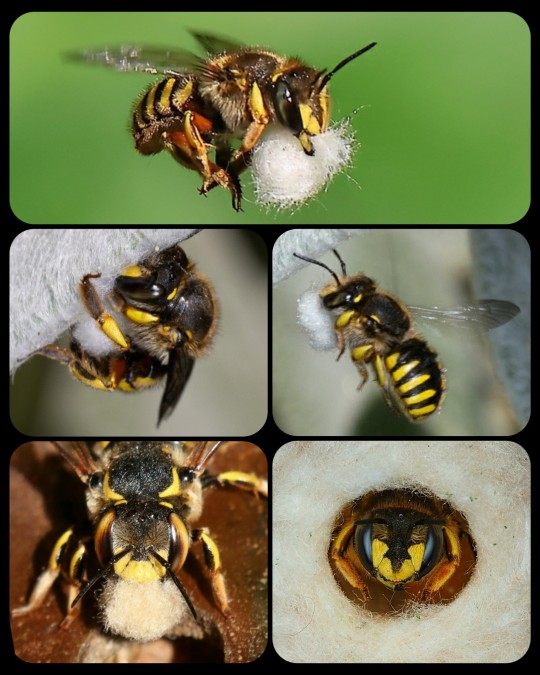
Wool-carder bees build their nests in existing cavities, usually finding a hole/crevice in a tree, a plant stem, a piece of rotting wood, or a man-made structure, and then lining the cavity with woolly plant fibers, which are used to form a series of brood cells.
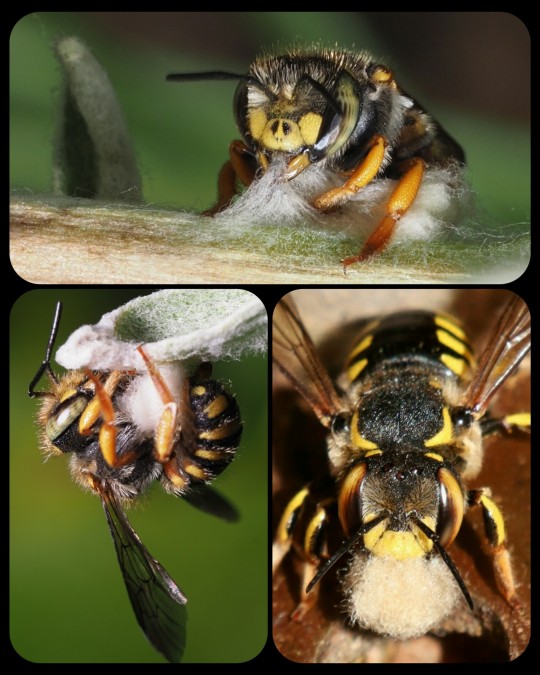
The fibers (known as trichomes) are collected from the leaves and stems of various plants, including lamb’s ear (Stachys byzantina), mulleins, globe thistle, rose campion, and other fuzzy plants.

From the University of Florida's Department of Entomology & Nematology:
The female uses her toothed mandibles to scrape trichomes off fuzzy plants and collects a ball of the material under her abdomen. She transports these soft plant fibers to her selected nest site and uses them to line a brood cell. Next, she collects and deposits a provision of pollen and nectar into the cell, enough pollen to feed a larva until it is ready to pupate. Lastly, she lays a single egg on top of the pollen and nectar supply before sealing the cell. ... She will repeat this process with adjoining cells until the cavity is full.
These are solitary bees, meaning that they do not form colonies or live together in hives. Each female builds her own nest, and the males do not have nests at all.
Female wool-carder bees will sometimes sting if their nest is threatened, but they are generally docile. The males are notoriously aggressive, however; they will often chase, head-butt, and/or wrestle any other insect that invades their territory, and they may defend their territory from intruders up to 70 times per hour. The males do not have stingers, but there are five tiny spikes located on the last segment of their abdomen, and they often use those spikes when fighting. They also have strong, sharp mandibles that can crush other bees.
There are many different types of wool-carder bee, but the most prolific is the European wool-carder (Anthidium manicatum), which is native to Europe, Asia, and North Africa, but has also become established as an invasive species throughout much of North America, most of South America, and New Zealand. It is the most widely distributed unmanaged bee in the world.

A few different species of wool-carder bee: the top row depicts the European wool-carder, A. manicatum (left) and the spotted wool-carder, Anthidium maculosum (right), while the bottom row depicts the reticulated small-woolcarder, Pseudoanthidium reticulatum, and Porter's wool-carder, Anthidium porterae
Sources & More Info:
University of Florida: The Woolcarder Bee
Oregon State University: European Woolcarder Bees
Bohart Museum of Entomology: Facts about the Wool Carder Bee (PDF)
Bumblebee Conservation Trust: A. manicatum
World's Best Gardening Blog: European Wool Carder Bees - Likeable Bullies
Biological Invasions: Global Invasion by Anthidium manicatum
#fakemon ideas#fakemon inspiration#fakemon suggestions#real animal#living animal#invertebrate#bee#insect#wool carder bee#fluffy#imagine a bee making a little sweater
3K notes
·
View notes
Photo
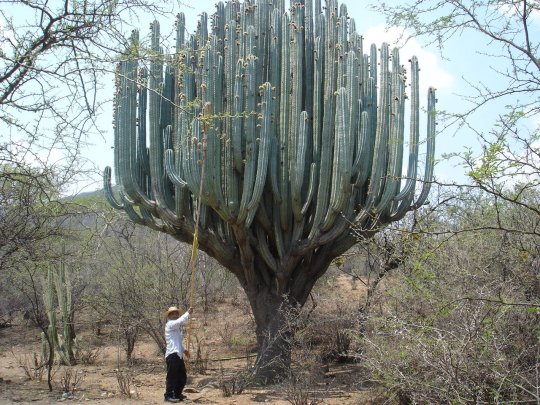
Pachycereus weberi (via columnar-cacti.org)
#fakemon ideas#fakemon inspiration#fakemon suggestions#real plant#living plant#cactus#succulent#grass type#a cactree
1K notes
·
View notes
Text
Chaunacops is a genus of lophiiform fish ( anglerfish )
#fakemon ideas#fakemon inspiration#fakemon suggestions#water type#aquatic#swimming#water#real animal#living animal#weird animal#anglerfish#sea toad#coffin fish#i do not accept this as a real animal#this is one of those cheap rubber “dinosaurs” you get in a tube of 50 for $3 in a dingy store
14K notes
·
View notes
Text
Speaking of willows. There's a species of willow. Salix herbacea. Known as the Dwarf Willow. And this thing. IT ONLY GROWS 1-6 CENTIMETERS TALL. IT'S KNOWN AS "ONE OF THE SMALLEST WOODY PLANTS" BECAUSE ITS A TREE THAT DECIDED TO BE 1 CENTIMETER HEIGHT
#fakemon ideas#fakemon inspiration#fakemon suggestions#real plant#weird plant#living plant#willow tree#dwarf willow#grass type
21K notes
·
View notes
Text
I wish the woolly chafer beetle was as big as a rabbit and I could have one as a pet
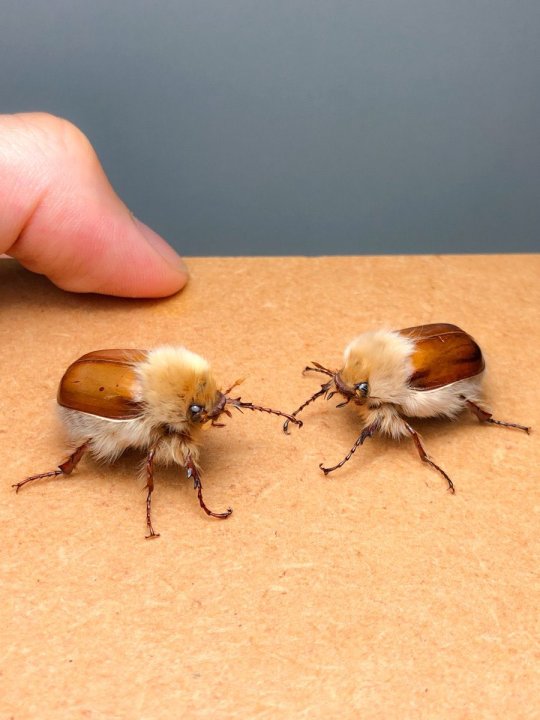
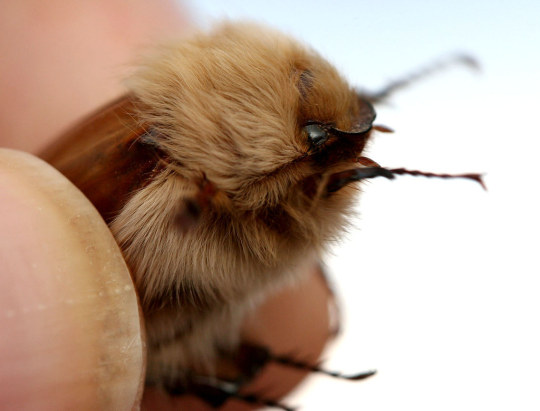
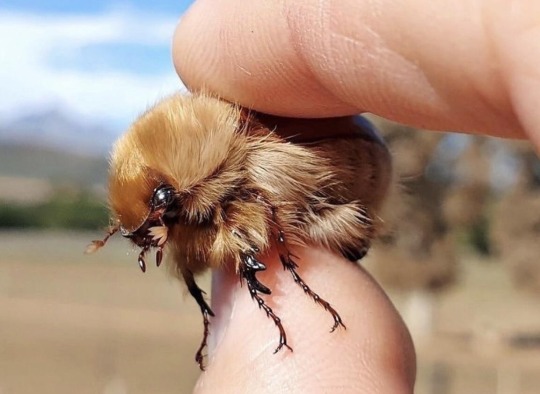
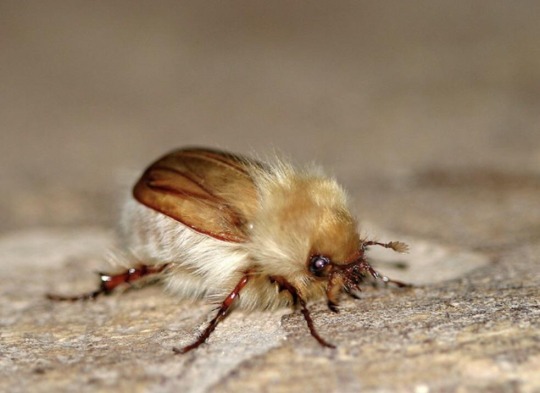
#fakemon ideas#fakemon inspiration#fakemon suggestions#real animal#living animal#invertebrate#early bug#beetle#woolly chafer beetle#fluffy#bug type#normal type
37K notes
·
View notes
Text
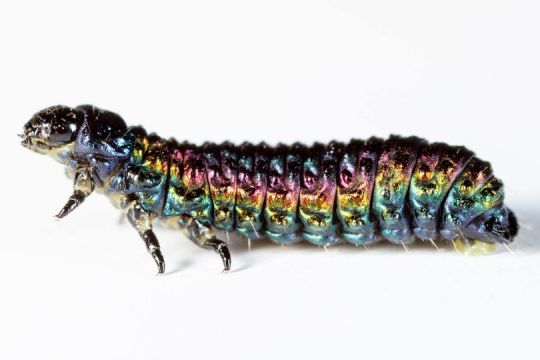
Groundselbush Beetle (Trirhabda bacharidis), larva, family Chrysomelidae, Jacksonville, Florida, USA
photograph by Efram Goldberg
#fakemon ideas#fakemon inspiration#fakemon suggestions#real animal#living animal#invertebrate#bug type#beetle#colorful#iridescent#early bug
7K notes
·
View notes
Text

All hail Volcano Snail
#fakemon ideas#fakemon inspiration#fakemon suggestions#real animal#living animal#invertebrate#weird animal#snail#volcano snail#fire type#volcano#ideas for a magcargo evo or similar maybe
56K notes
·
View notes